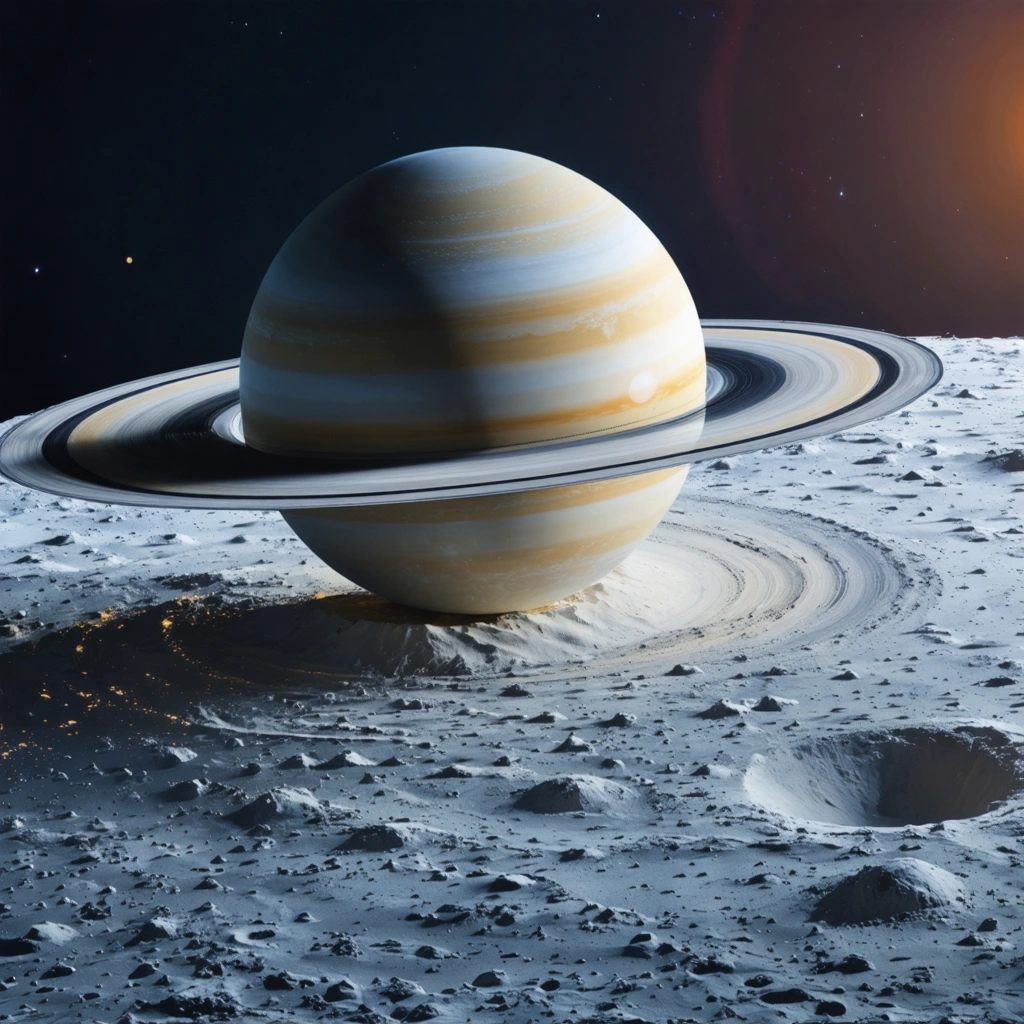
Introduction
In a groundbreaking discovery that has reshaped our understanding of the solar system, astronomers have identified 128 new moons orbiting Saturn. With this addition, Saturn now boasts a total of 274 moons, making it the unrivaled leader among the planets. This milestone discovery not only redefines Saturn’s status but also has profound implications for the fields of astronomy and planetary science. This article examines the details of the discovery, the technological advancements that made it possible, the scientific significance, and the future prospects of satellite exploration.
Discovery Process and Methodology
Observational Campaigns and Technological Advances
The journey to discovering these new moons was both ambitious and methodical. Astronomers relied on the capabilities of the Canada-France-Hawaii Telescope (CFHT), complemented by sophisticated imaging technologies and data analysis techniques in 2023. The specific steps included:
- Initial Observations: The team had previously identified 62 smaller moons of Saturn using deep-sky surveys. These initial observations hinted at the presence of additional, fainter objects in Saturn’s distant orbit.
- Enhanced Imaging Techniques: Improvements in optical sensors and image processing algorithms allowed astronomers to capture higher-resolution images. This technological leap was essential for spotting low-reflectivity objects in Saturn’s complex ring system.
- Data Analysis and Verification: Advanced computational tools were employed to analyze the vast amount of collected data. Cross-verification against historical datasets helped confirm the identity of these new satellites.
Collaborative Efforts and International Partnerships
The unprecedented success in identifying these new moons is a testament to the collaborative nature of modern astronomical research. Researchers from various countries worked together, sharing data, expertise, and cutting-edge technology. Some of the key aspects of this collaborative endeavor include:
- Joint observation programs between international astronomical institutions
- Cross-checking observational data using different telescopes and instruments
- Coordinated publication of findings in peer-reviewed journals
Key Findings and Scientific Implications
Statistical Overview of Saturn’s Moons
The discovery of the 128 new moons significantly increases Saturn’s already impressive satellite roster, and the accompanying data have provided deeper insight into the composition and distribution of these celestial bodies. The following table summarizes the key numerical milestones related to Saturn’s moons:
| Category | Number of Moons |
|---|---|
| Previously Identified Moons | 62 |
| Newly Discovered Moons | 128 |
| Total Moons After Discovery | 274 |
This updated tally not only confirms Saturn’s position as the planet with the most moons but also raises intriguing questions regarding the formation, evolution, and dynamical interactions within Saturn’s gravitational environment.
Implications for Theories of Moon Formation
The discovery of these new moons challenges existing models of satellite formation and evolution in several ways:
- Formation Theories: Traditional theories of moon formation, including capture and accretion, must now account for a significantly larger number of satellites with diverse orbits and compositions.
- Gravitational Influences: The gravitational interplay between Saturn and its moons has taken on a new dimension, highlighting the complexities of orbital resonance and migration.
- Comparative Planetology: Researchers now have an invaluable dataset for comparing the satellite systems of Saturn, Jupiter, and other major planets, offering insights into the broader dynamics of the solar system.
Future Prospects and Business Implications
Impact on Space Research and Investment
This discovery is not only a scientific triumph but also a catalyst for further investment and strategic planning in astrophysical research. Key future prospects include:
- Enhanced Satellite Surveys: Future missions may focus on detailed surveys of Saturn’s satellite system, using next-generation telescopes and space probes.
- Technology Development: The need for improved imaging and data processing techniques is expected to prompt innovations in both hardware and software, benefiting the broader field of space exploration.
- International Collaboration: Recognizing the value of shared expertise, various nations are anticipated to increase funding and establish collaborative research frameworks, which could lead to more discoveries.
Business and Economic Considerations
From a business perspective, the satellite discovery highlights new opportunities for companies in the aerospace and technology sectors:
- Research and Development: Corporations specializing in space technology may see increased investments in R&D to create advanced observational tools.
- Data Analytics: The management, processing, and analysis of large datasets generated by astronomical surveys offer significant business opportunities.
- Public-Private Partnerships: Collaborations between governmental space agencies and private companies are likely to intensify, leading to novel business models and revenue streams.
Businesses that align their strategies with these technological trends are well-positioned to benefit from the rapid advancements in space research. The integration of scientific research with market needs may set the stage for innovative applications in satellite technology, telecommunications, and beyond.
Long-Term Scientific and Commercial Outcomes
Looking forward, the discovery of new moons orbiting Saturn promises to accelerate both scientific research and commercial opportunities. Some potential outcomes include:
| Area | Expected Impact |
|---|---|
| Astrophysical Research | Enhanced understanding of moon formation and planetary system dynamics. |
| Technology Innovation | Acceleration in the development of high-resolution imaging systems and data processing software. |
| Economic Growth | New opportunities in the aerospace sector resulting from increased collaborations and private investments. |
These outcomes underscore the essential link between scientific discovery and economic progress. The innovations driven by such research not only enrich our understanding of the cosmos but also spur advancements that benefit industries and societies globally.




